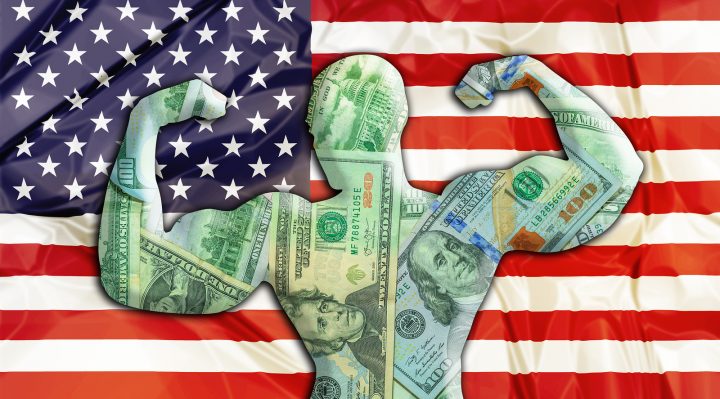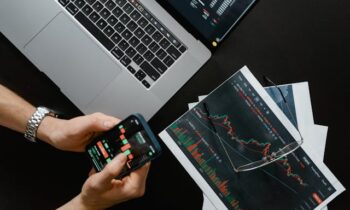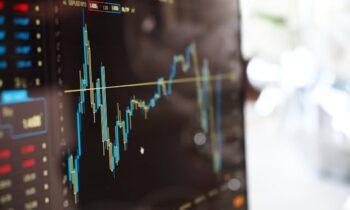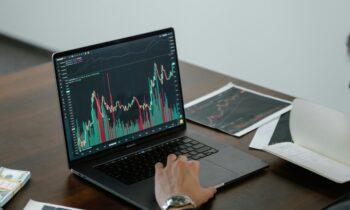
According to a recent Reuters poll, the dollar is expected to continue showing persistent strength well into next year, even if a partial trade deal between China and the United States is signed, knocking the currency down by 1 to 2 percent. That is likely due to renewed hope that steps are being taken toward ending the 16-month trade war between the world’s two largest economies that has pushed Wall Street soaring to an all-time high and global stocks nearing record peaks.
That risk-friendly attitude has resulted in the U.S. dollar index posting its first monthly loss since June of this year. Forex trading analysts in Reuters October 31-November 6 poll don’t expect the trade optimism to last or the sell-the-dollar trend to continue — depending on how phase two of the trade deal goes. Instead, they anticipate having more risk aversion and another round of movement out of emerging markets and back into the greenback within three to six months.
Approximately 65 percent of the 56 analysts said they expected the dollar’s dominance to continue for at least another six months, and 25 percent believed the currency would continue remaining strong for more than two years, in stark contrast to sentiment at the beginning of 2019 when a majority of analysts expressed confidence the dollar’s rally was finished.
According to RBC Capital Markets chief currency strategist, Adam Cole, investors feel compelled to hold assets when paid to do so in a low-volatility, low-yield market. The highest-yielding currency in the developed world still remains the dollar, even though 40 out of 62 analysts answering a further question – almost two-thirds of the respondents – stated that the low-volatility and low yields have pushed the dollar to be overvalued. When asked by how much, six said over 10 percent overvalued, another 17 said 5-10 percent, and the remaining 17 said up to 5 percent.
A U.S. economy that has generally performed better than others and has provided investors solid returns from dollar-based assets has probably helped the world’s reserve currency – and it continues to do so. However, dollar-denominated assets are still favorable compared to underperforming European assets. While next-year euro/dollar predictions have risen slightly this month to $1.14 over last month’s prediction of $1.13, they are still much lower than January’s forecast that the euro would be trading at about $1.20 by the end of 2019 – more than 8 percent higher than its current trading level – which analysts now don’t forecast as a foreseeable possibility during the next six months.
According to analysts at JP Morgan, the near-term positive factors some argue are sufficient aren’t persuasive, and they are “agnostic” about the possibility of an immediate or aggressively higher cyclical EUR/USD turn.



